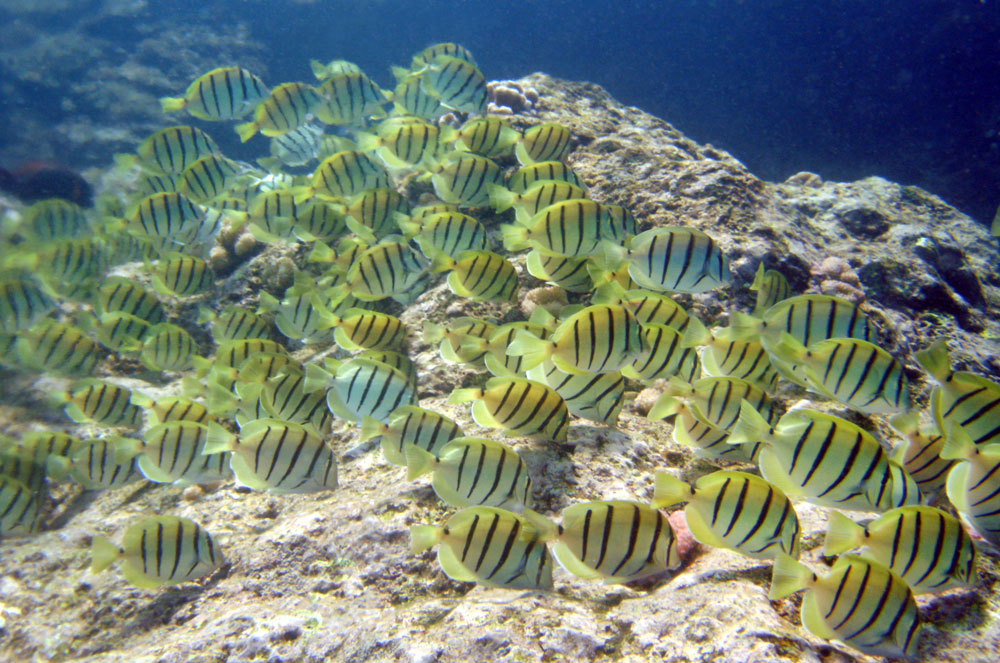‘First-of-Its-Kind’ Coral Reef Atlas Published for West Maui
The Nature Conservancy released the “Atlas of the Reefs of West Maui,” a comprehensive report compiling 20 years of data detailing changes in the abundance and diversity of marine life in West Maui. The ‘first-of-its-kind’ atlas includes data collected by public and private organizations at 2,600 sites stretching from the “Pali” Tunnel on Honoapiʻilani Highway to Līpoa Point north of Honolua Bay.
“The intent for the atlas is to help federal, state and community partners strengthen coastal management in West Maui,” said Dr. Eric Conklin, Marine Science Director for TNC’s Hawaiʻi chapter. “While the atlas has documented a concerning decline in the health and abundance of West Maui’s reefs and nearshore fisheries, it is already informing local efforts to manage and restore west Maui watersheds, Honolua Bay and an area stretching south from Kāʻanapali.”
Communities in West Maui are collaborating with each other and the Hawaiʻi Department of Land and Natural Resources Division of Aquatic Resources to restore the coral reefs and fisheries that protect and provide their food, culture and livelihoods.
The Atlas was designed to provide these communities and government partners with a shared understanding of how, when and where the reefs have changed so that they can develop targeted and effective strategies to reduce local pressures, increase reef resilience and restore reef fisheries. “It is already helping local managers decide where and how to reduce threats to West Maui reefs, including the impacts of climate change such as warming ocean temperatures and rising seas,” according to a Conservancy announcement.
“The atlas provides a clear picture of the changes in West Maui’s reefs and fish populations,” said Russell Sparks, a biologist with DAR. “Understanding these changes is helping us and our community partners develop effective management plans to restore these resources and achieve our shared goal of effectively protecting 30% of nearshore areas by 2030.”


















